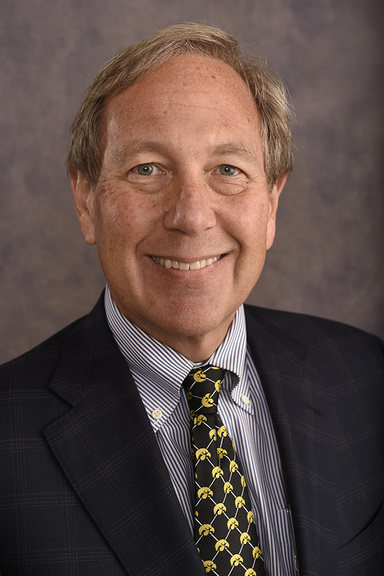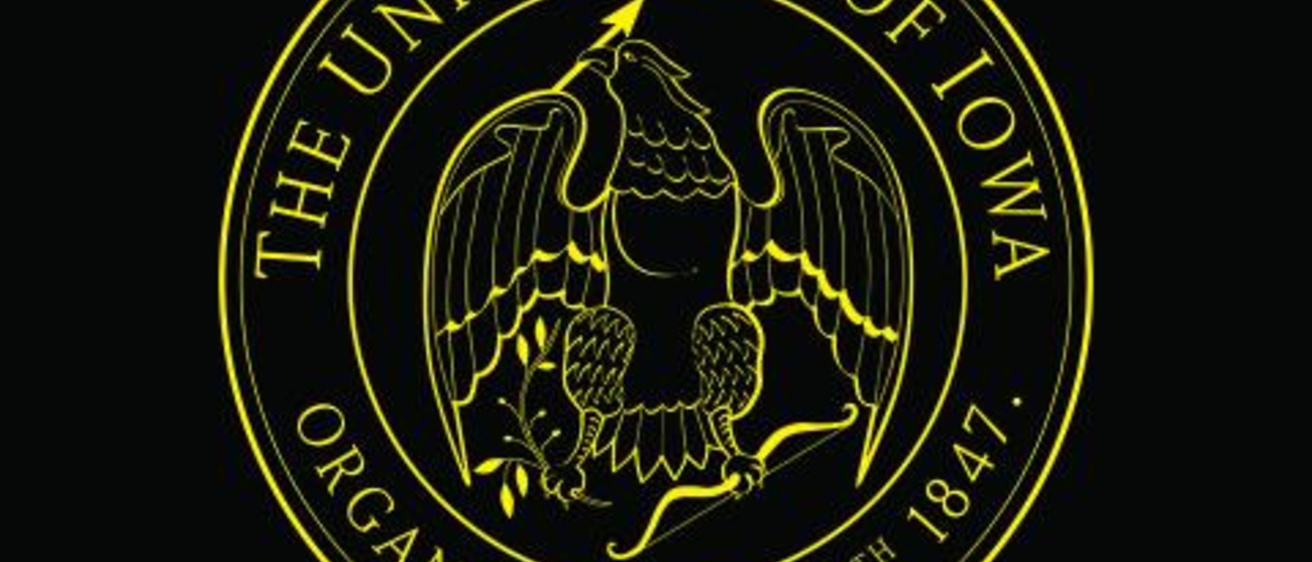When it comes to writing post-college success stories, there are few better ways to open the narrative than students getting hands-on educational experiences as undergraduates. Being comfortable in the lab or in the research library—or wading into a fast-flowing stream out in the countryside—before even graduating college is of inestimable benefit not just to students’ future career path, but to their confidence in their own abilities.

The path that our new vice president for research, Marty Scholtz, took to get to where he is today serves as a primary example. (You can read more about his story here, including his stint as an undergraduate researcher in a chemistry lab.) Now he’s in a position to champion undergraduate research at Iowa, paying his experience forward to the next generation.
The experience of Iowa grad Jacob Heiden, who is now SAFER-SIM program coordinator at Iowa’s National Advanced Driving Simulator (NADS), also comes to mind. Jacob’s connection to NADS began when he was an undergraduate collecting research data. Through hard work and diligence, he was able to demonstrate his value to the team and was offered a permanent position after he graduated.
Likewise, I think of all of the work being done by undergraduates in the Department of Physics and Astronomy that is both contributing to space research and setting them up for future success. Alumni like Cassie Lee, whose experience is related in this story about the department, have gone on to prestigious positions in their field.
Classroom—and especially research—excellence isn’t limited to the sciences, however. For one, Mikaela Mallin, who majored in both biochemistry and dance, points out many similarities between the arts and humanities and the hard sciences in this regard. Her observations are in line with Iowa’s long history of promoting cross-disciplinary work (including accepting creative projects as master’s theses), which are at the heart of the liberal arts experience on this campus.
The UI Stanley Museum of Art—which recently broke ground on its new building—serves as yet another example of this spirit. The museum provides myriad research opportunities for students from many disciplines. Hawkeyes from across campus research artists and artworks, then share their discoveries with museum staff and visitors. This experience positions these students for future success in the art world, no matter their field of study.
At this time of year, as the fall semester heats up and workloads increase, this is the exact moment when everyone needs to buckle down a little bit more and push a little harder, remembering how their efforts will contribute to their future achievements.
I have been told about a cross-country coach who used to push his athletes with the following quip:
“When you get to the top of the hill, your competition will take a little break. They will slow down just a little bit, and that is when you have your opportunity. You just need to keep running with the same amount of effort and you will pass them.”
This is the exact advice that each of us needs to embrace: We don’t slow down when we get to the top of our hill. We are Hawkeyes, and we keep pushing ahead.
